The Independent's journalism is supported by our readers. When you purchase through links on our site, we may earn commission.
What it's like to take an Arctic cruise through the melting icebergs that could flood the world
On a new environmentally focused cruise, Tom Bawden spots polar bears and explores a beautiful landscape under threat
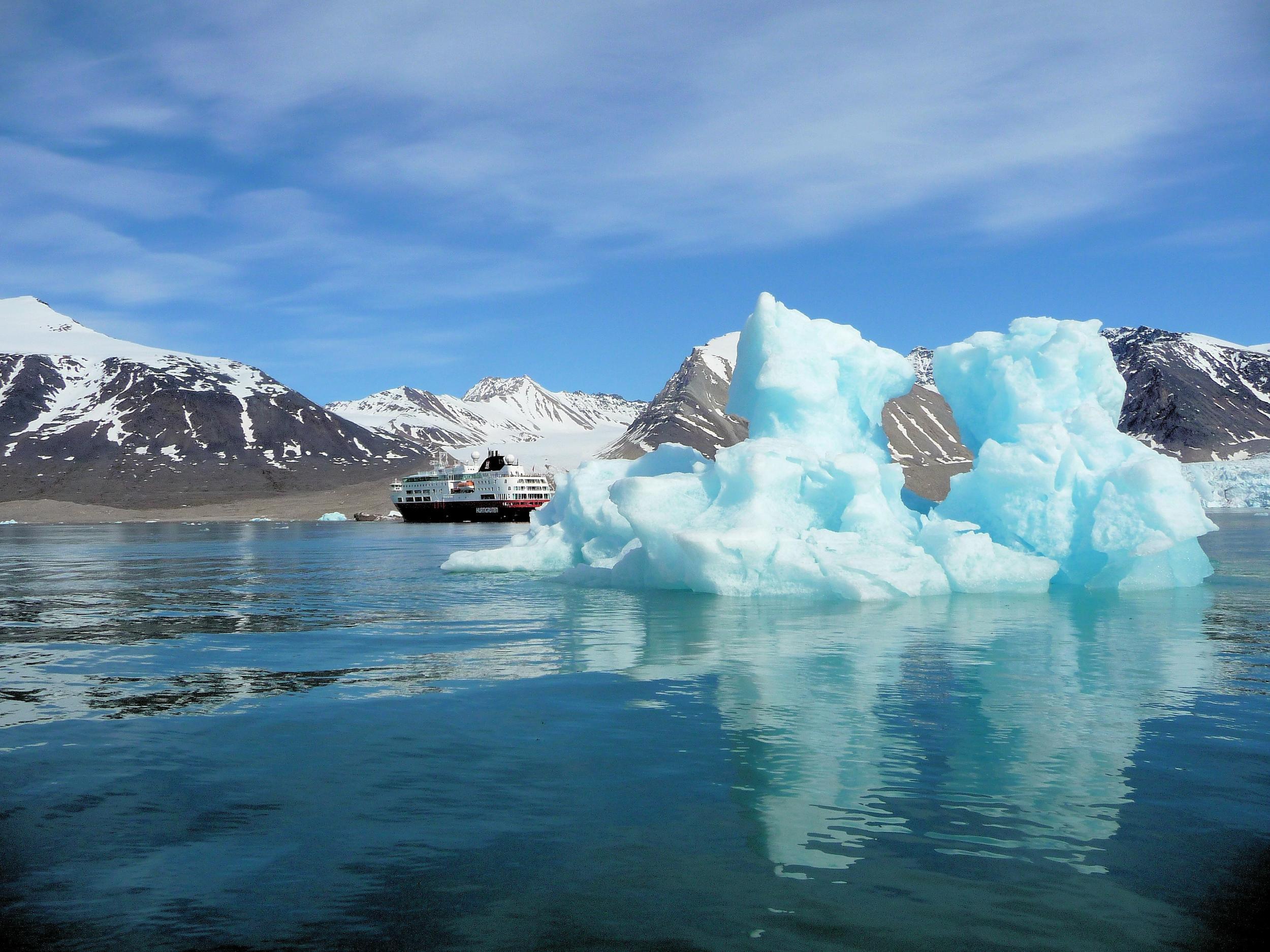
I didn’t think the scene could get any more captivating. As I wandered along the Arctic shore of Svalbard, a remote archipelago stranded between Norway and the North Pole, a majestic blue iceberg was making a terrific racket – the air bubbles trapped within popping furiously, the sound of immense pressure escaping in a noisy rush as the ice melted. But then the call came: “Polar bear”.
Our group was told to abandon our activities and return to the boat, calmly but surely. In that moment, I was given a lesson in the power of the polar bear to dominate its kingdom, as the appearance of this single creature pottering around the fjord electrified the atmosphere.
In truth, the danger was minimal, since the highly capable group leaders carried flares and, as a last resort, guns. But that didn’t stop it all from being terrifically exciting – and just a little bit scary.
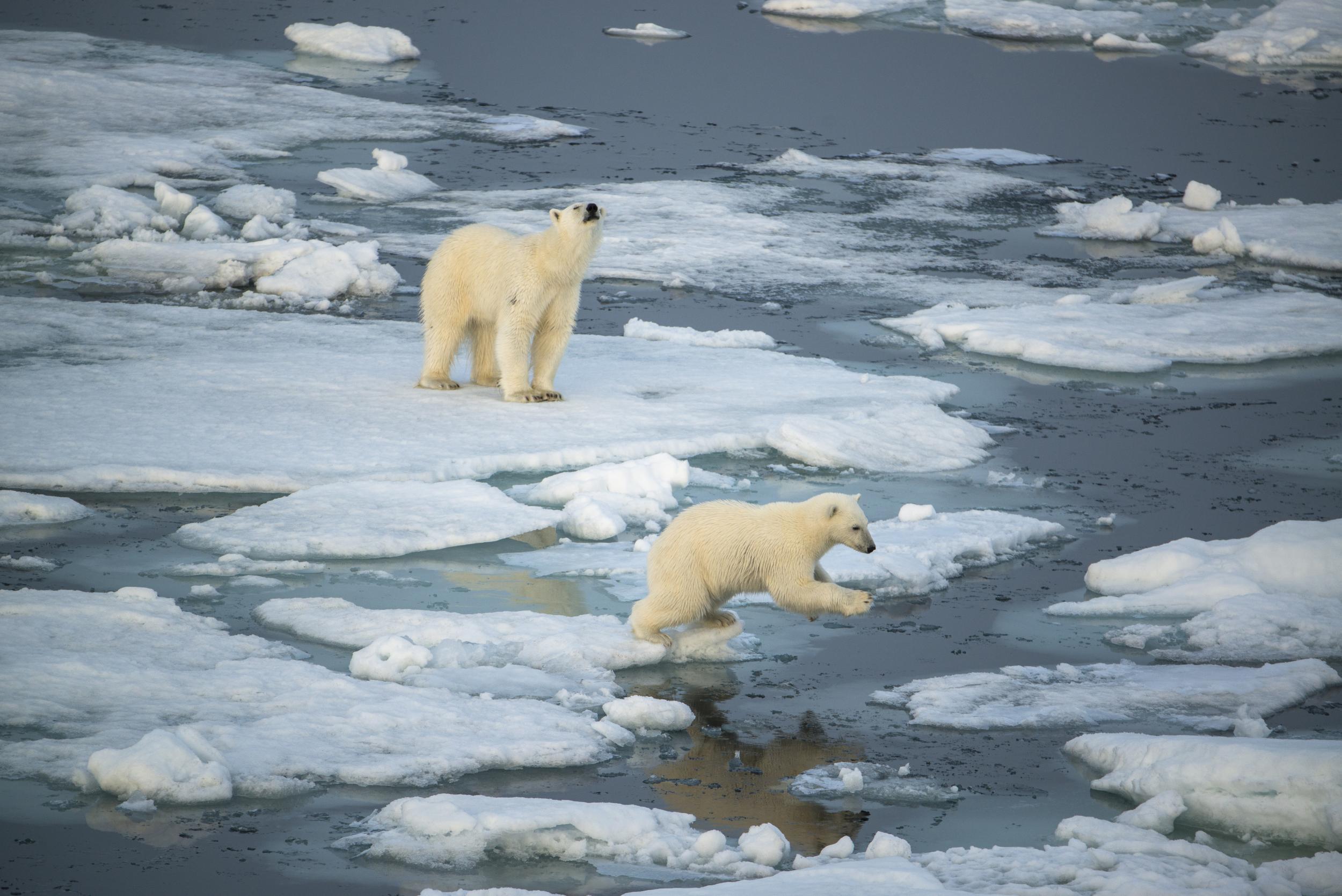
I was here at the world’s northernmost human settlement – where David Cameron famously hunkered down with the huskies a decade ago – as part of a new voyage described by Norwegian tour operator Hurtigruten as an environmentally focused trip. The Arctic Climate Voyage sets sail from the Icelandic capital of Reykjavik and crosses the Arctic Circle to reach Svalbard’s capital, Longyearbyen, and hopes to foster a greater appreciation for a seldom seen part of the world that is quite seriously under threat.
But I’m an environmental journalist, and I’ve always written off cruises as being frankly horrific, so I was going to take some convincing.
The Arctic is one of the world’s few remaining areas of pristine beauty and the one most threatened by global warming and oil exploration. The region is heating up considerably more than any other area in the uneven world of climate change, reshaping the functioning of the natural world by melting ever-larger quantities of ice. Would these threats be addressed by the trip – and without putting too much of a downer on the holiday? Or was the environmental spiel just a sales ploy?
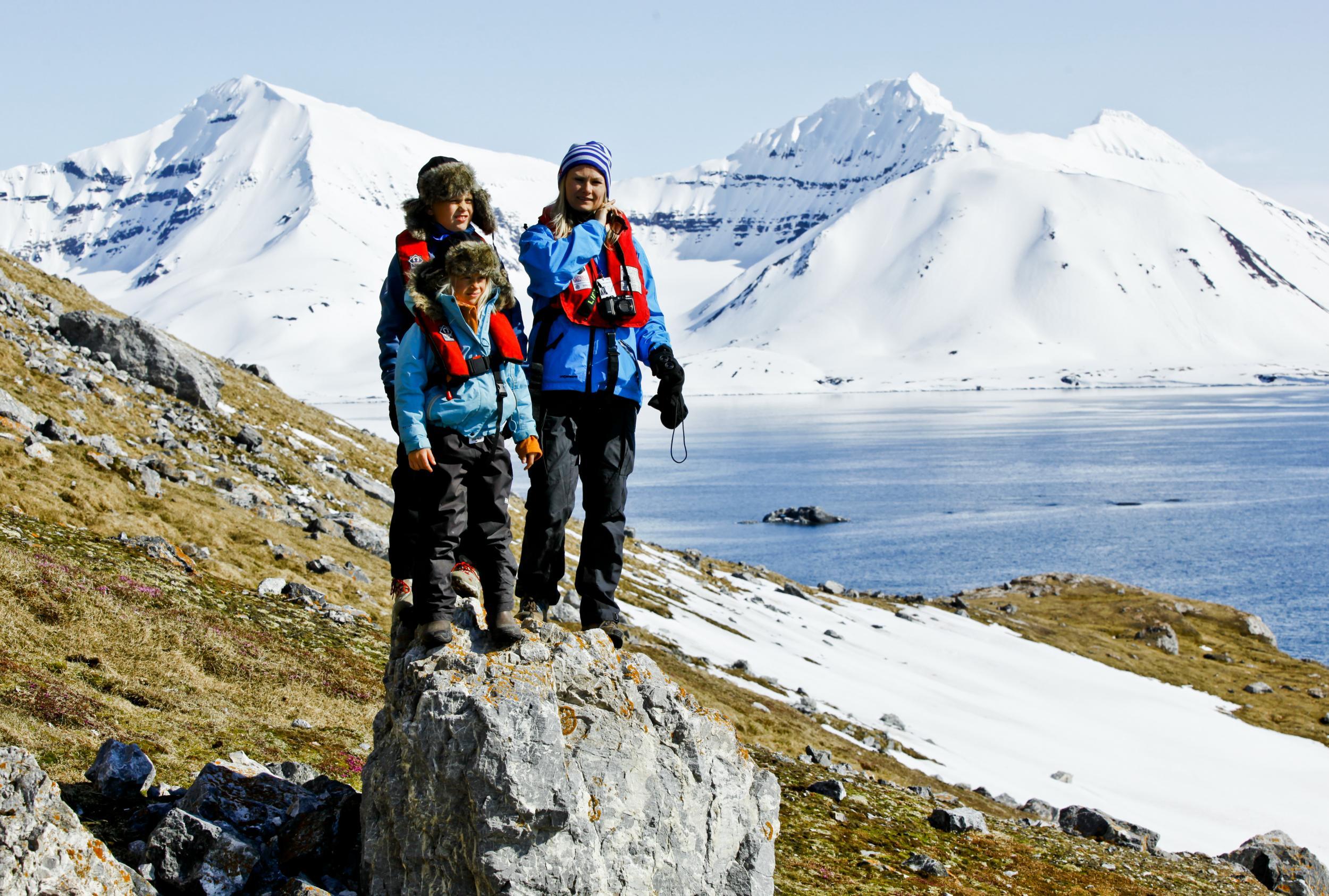
Once we were back on board, we watched as the polar bear made up for any inconvenience caused by putting on a really good show. Surfacing from the water, this magnificent creature – estimated weight 800kg – paused to stretch on the beach we’d been strolling just minutes earlier. He then began a kilometre-long amble down the fjord, all the way along the side of our boat and off into the distance, transfixing each of the 300-odd passengers.
It was an apt sighting for this cruise, as the polar bear is the most potent symbol of the Arctic and its plight – pictures of them perched on tiny slabs of ice have arguably made the biggest impression in support of the environment’s cause.
But a less obvious element of this cruise to capture my imagination was, simply, the ice itself.
Like sculpture, the sight of randomly formed icebergs and glaciers frequently attained the power of art, making my spirit soar. And I would never have guessed that so many of them would be such an alien shade of blue, rather than white. Then there’s the noise. I’ve read that ice-heavy Arctic fjords are among the loudest places in the world’s oceans, with these frozen water installations making more racket on a typical day than a torrential downpour on the sea’s surface. This “ice-noise” surprise was exactly the type of discovery I’d been hoping to make when I signed up for this trip.
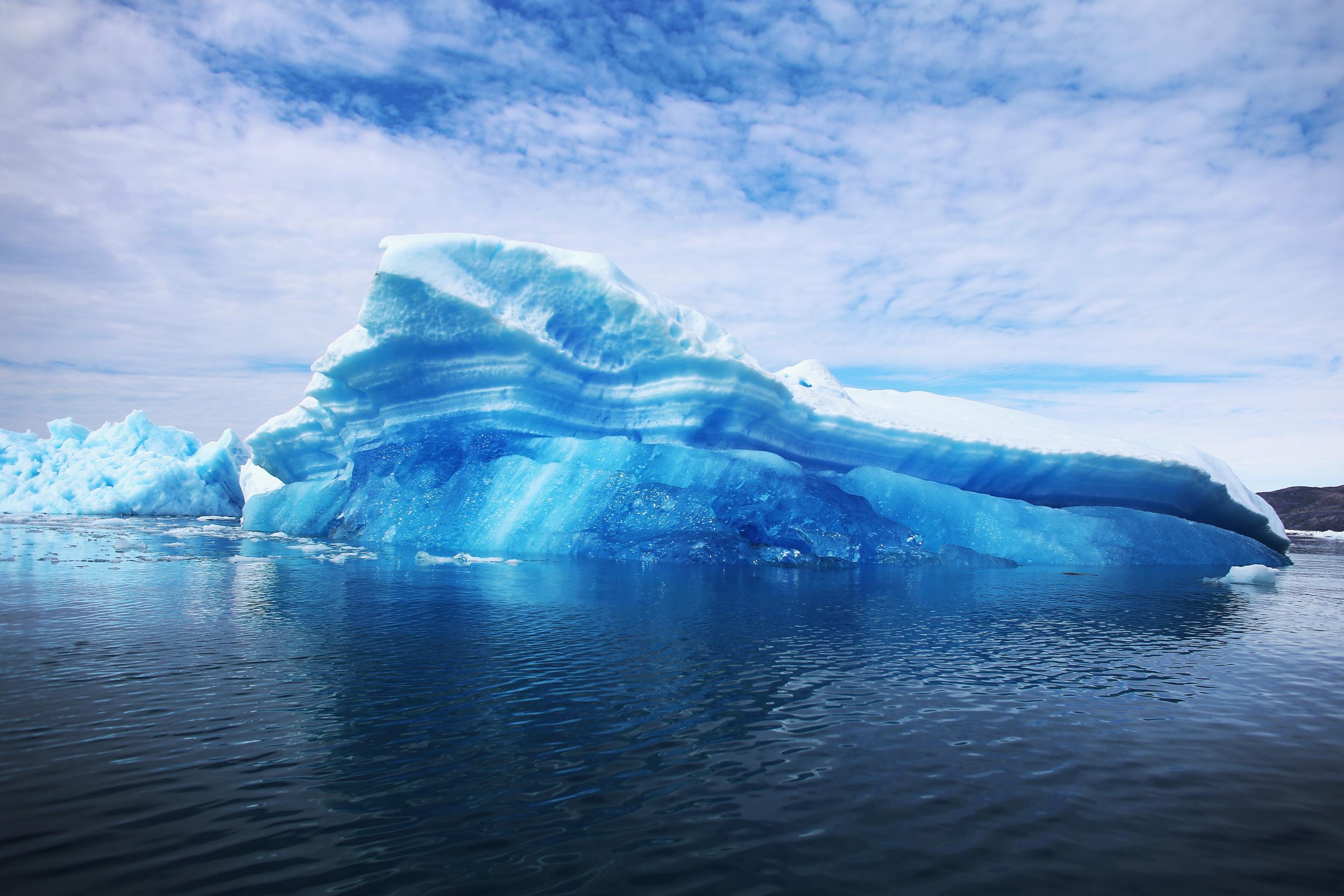
Along with the stirring views and shore excursions, we were treated to onboard lectures from the seven-person expedition team. While most presentations were conventional slide-show affairs, Steffan, a German policeman-turned-geologist, proved especially entertaining: I particularly enjoyed his stream-of-consciousness performance musing on the differences between the Arctic and Antarctica, while playing Chopin on the piano.
But the other, less show-stopping lectures still contained all sorts of interesting nuggets. For example, we are currently living in an ice age, as there are still phenomenal quantities of permanent ice in the world – and the North and South Poles once had tropical climates.
Depressingly, we also learned that a giant plastic island of debris is forming in the Barents Sea – the first one to form in the Arctic, proving the world’s waste is being carried to the top of the planet on an industrial scale.
In short, my environmental cravings were well and truly satisfied – and with the fantastic food, convenience and comfort one might expect from an upmarket cruise. My only problem with the trip was that my fellow passengers were a little old for me, being predominantly over 70, while I’m a mere 44 – and quite immature for my age.
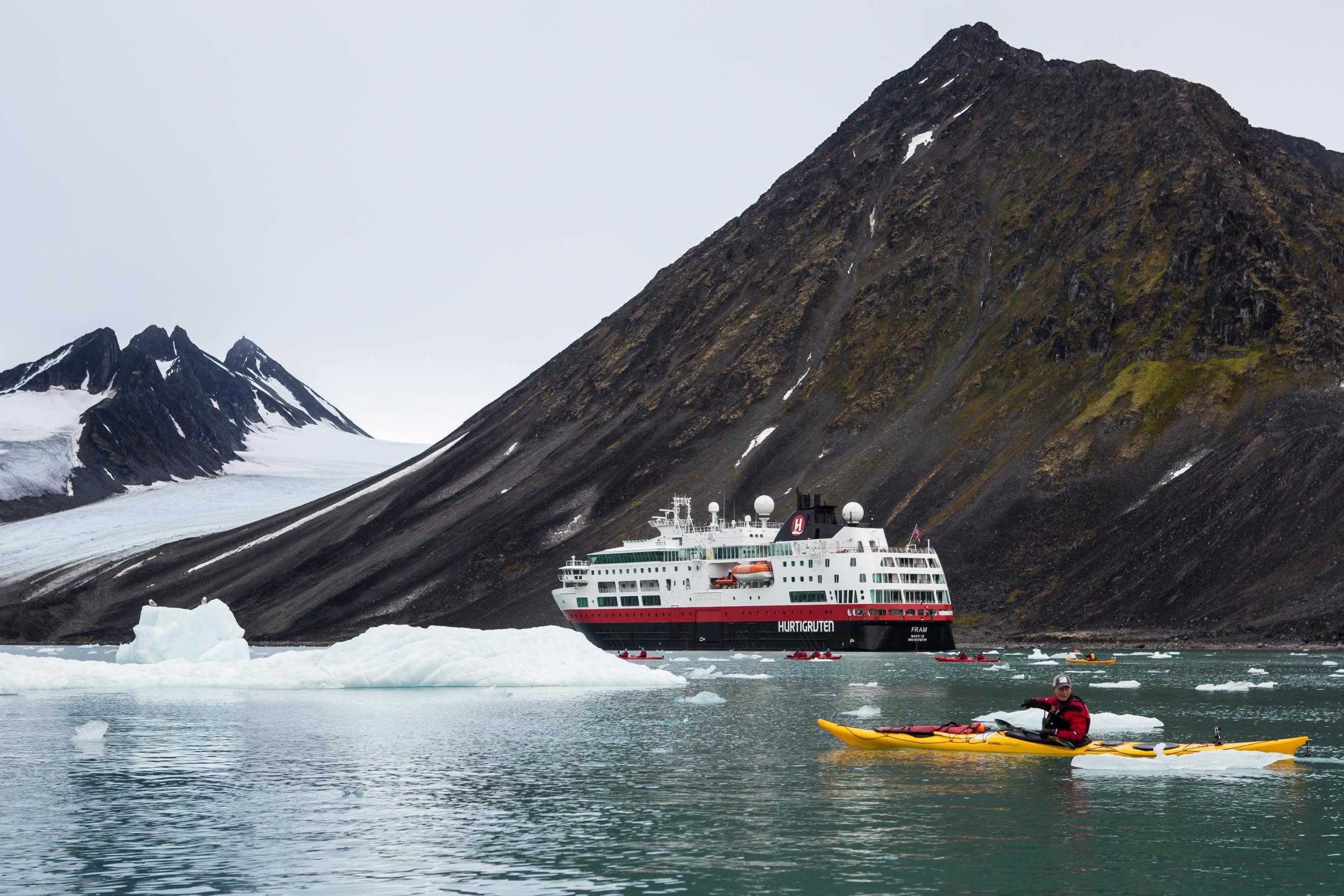
Still, the setting more than made up for it. Our voyage passed all sorts of remote communities and curiosities, existing in isolation at the top of the world. It’s only in places like this you find wonderful characters like Kjell, a retired trapper who told me an amazing tale about being chased into his cabin by a polar bear, which promptly became distracted by the giant catch of seal in his front room. The bear scoffed the lot, feel asleep, and couldn’t even be roused by a friend of Kjell’s who flew over the cabin in his helicopter to try and scare it away. In the end, the bear woke from its food snooze and lazily wandered off.
And it was in Ny-Alesund, a former coal mining community and now an Arctic research town on the west coast of Spitsbergen – the largest island in Svalbard – that I met Nick Cox, the UK Arctic Research Station leader. He set up this, the UK’s only long-term presence in the Arctic, in 1991 and has worked here ever since.
Cox has been visiting the Arctic for close to four decades, giving him unique insight into the changing Arctic climate. I asked him what he had noticed most over the years.
“First and foremost, the retreat of glaciers. They really have retreated on a massive scale. And it must be 10 years since we last had proper sea ice in the fjord,” he said.
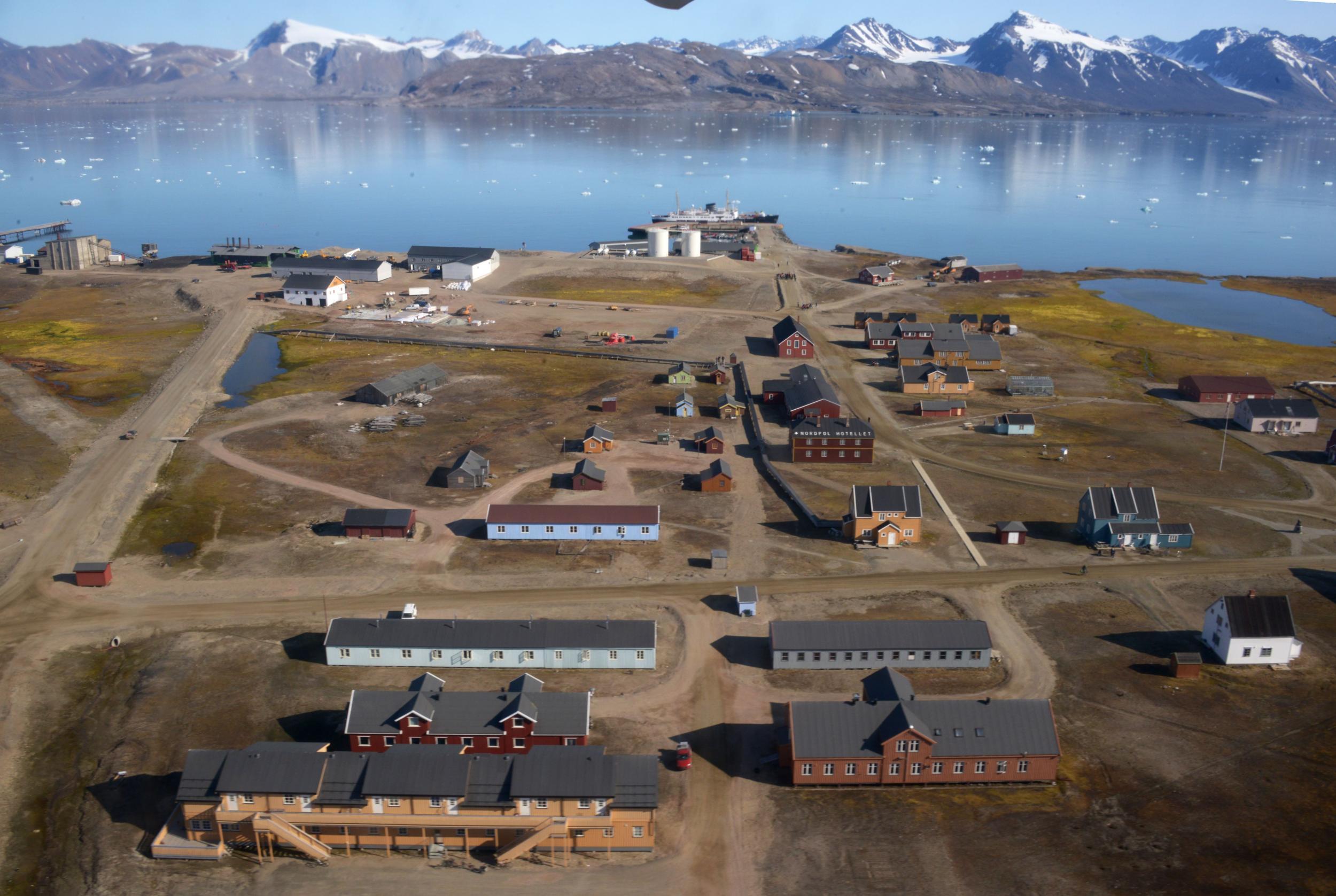
“In recent years we’ve begun getting rain in the middle of the winter, which was unheard of. I mean, rain was pretty much unheard of in any season – we’d get maybe one rainy day during summer. But now we get quite a bit of rain. Proper rain,” Cox added.
He explained why this was so worrying. “The rain makes it very tough for the reindeer, for instance, because the rain falls and then freezes again. So they can’t get through the ice to get to the vegetation.
“The bears don’t like it because, with the sea ice diminishing, it’s more difficult for them to find and catch their favourite prey, which is seal. And foxes don’t like it because they can’t get at their food caches – of young birds, for example – which they hide under the tundra during the summer.”
But despite all these changes for the worse, Cox was optimistic about the future of the Arctic, arguing that improving public awareness of the region’s problems should galvanise the powers-that-be into action. I hope he’s right.
Travel essentials
Getting there
Arctic cruises by Hurtigruten (020 3820 1041; hurtigruten.co.uk) from five to 15 days, starting from £472 per person, are now bookable for 2017.
More information
Join our commenting forum
Join thought-provoking conversations, follow other Independent readers and see their replies
Comments
Bookmark popover
Removed from bookmarks